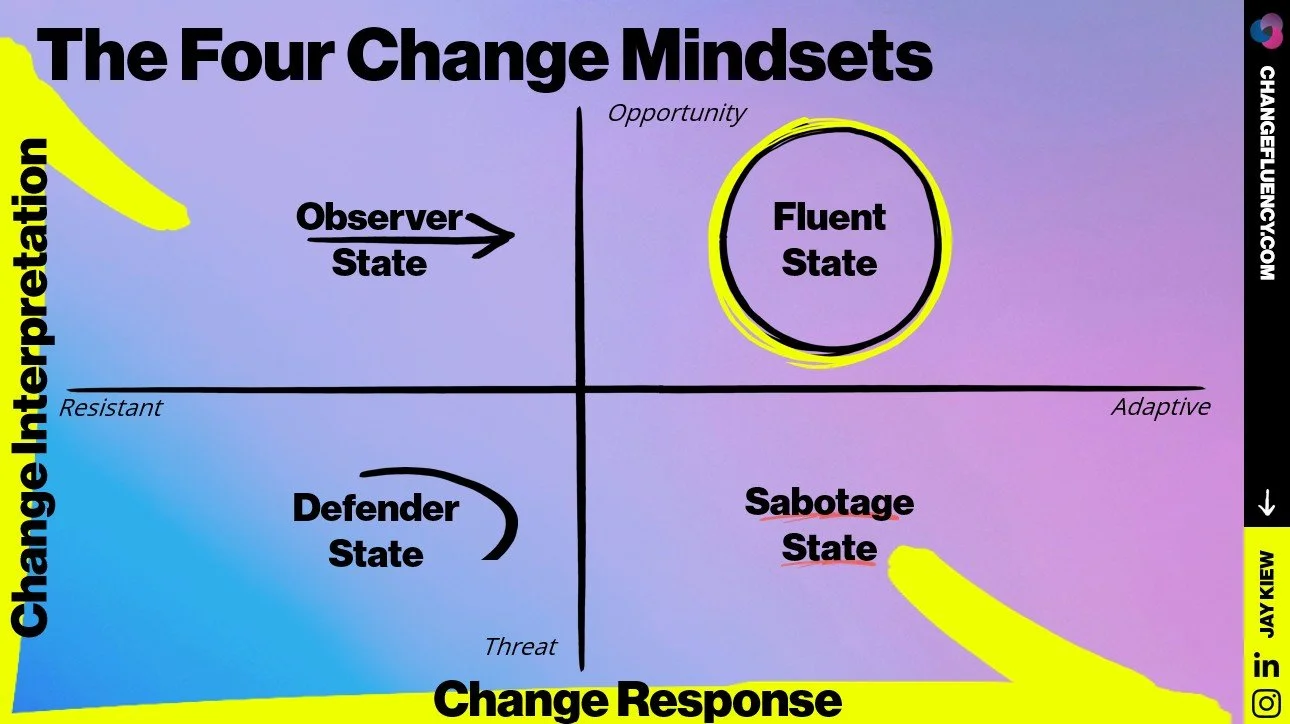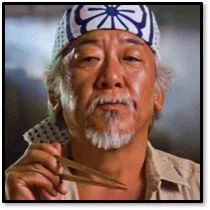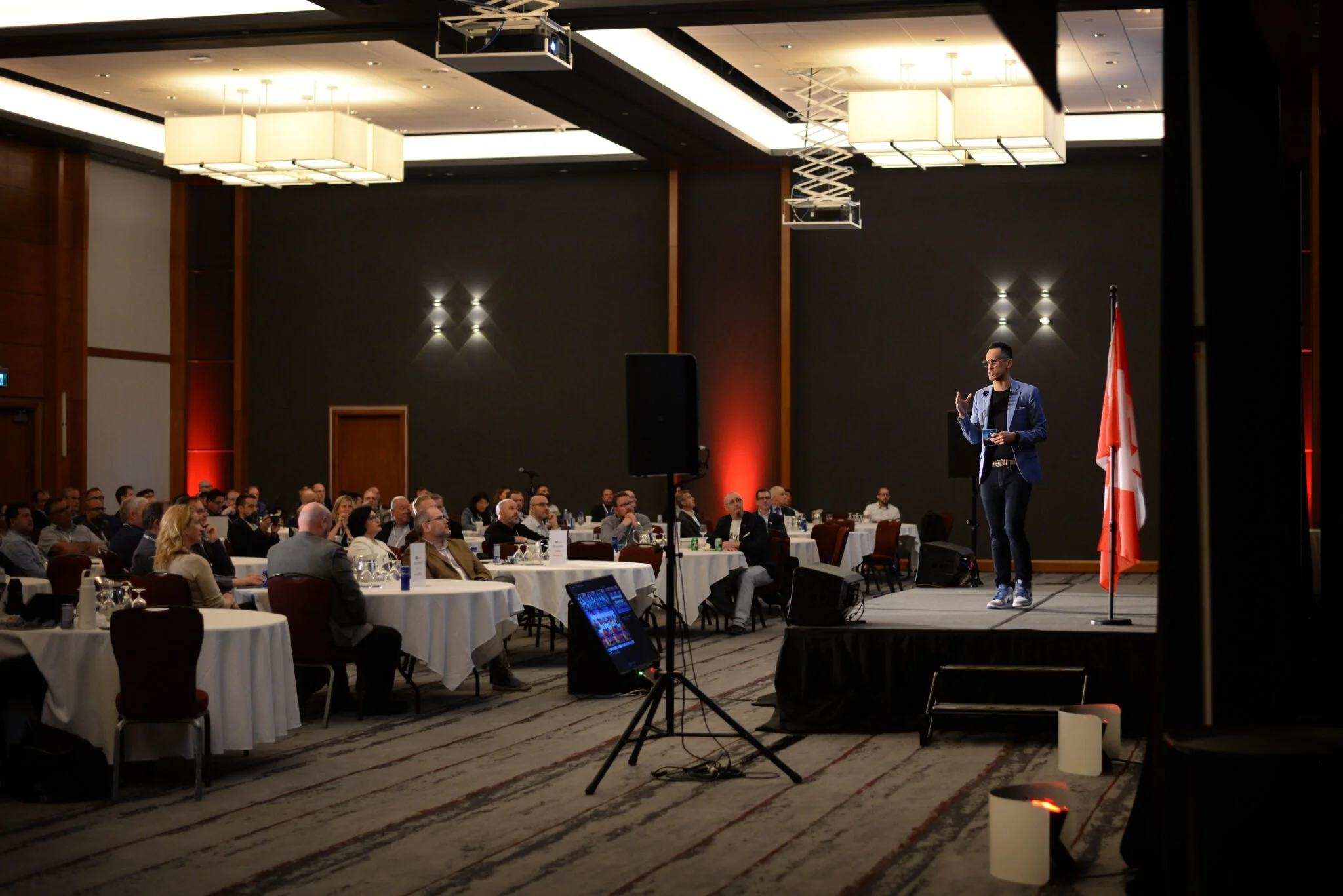What’s your Change Mindset? A Strategic Framework for Change Management and Innovation
The Change Mindset Matrix
Ever wonder why some people thrive during disruption while others seem to crumble under pressure? Or why certain teams embrace transformation while others dig in their heels?
As a change management consultant and innovation expert, I've observed how people navigate transformation—and it's not just about resistance versus acceptance. The reality is far more nuanced.
At The Change Fluency Co., we've studied how people navigate change, and we've discovered something fascinating: it all comes down to two key factors:
· Change Interpretation: how you interpret change (threat vs. opportunity)
· Change Response: how you respond to it (resistant vs. adaptive).
This research has revealed four distinct mindsets that every executive, business leader, and people manager should understand.
Here's what we found with the change mindset matrix:
Change Mindset #1: Defender State (Threat-Focused, Resistant)
Remember Game of Thrones? Picture Jon Snow protecting the wall. Defenders see transformation and change initiatives as attacks on their established systems.
In strategy consulting, we see this with leaders who champion "best practices" exclusively, saying things like "If it ain't broke, don't fix it" and "We've always done it this way for a reason."
“We’ve been doing it this way for years - I built this myself.”
What this looks like in change management: Rejecting new technologies, deferring to existing process and policies, or systematically pushing for an abundance of evidence disruptive ideas in strategic planning sessions.
Change Mindset #2: Observer State (Opportunity-Focused, Resistant)
Picture the "This is Fine" dog in a burning room. Observers intellectually recognize innovation opportunities but remain stuck in their regular ways of working. They're waiting for other companies to prove that concepts work before committing. They see potential but won't act on it.
“I’ll wait to see what happens. There are definitely some possibilities here. ”
What this looks like in organizations: Endless analysis paralysis, saying "That's interesting for our innovation strategy, let's keep monitoring it," or being the last to adopt proven change management methodologies.
Change Mindset #3: Sabotage State (Threat-Focused, Adaptive)
Like Stinky Pete in Toy Story, these individuals appear supportive on the surface but actively undermine change management efforts systematically. They're adaptive in their resistance—finding creative ways to derail innovation initiatives while maintaining plausible deniability.
“I’ll smile and say I support this, but... ”
What this looks like: Passive-aggressive compliance with change initiatives, taking their time to act on deliverables or deferring to other priorities on their plate.
Change Mindset #4: Fluent State (Opportunity-Focused, Adaptive)
These are your change management champions and innovation leaders. They assume every disruption contains opportunity. Rather than asking "Why us?" they ask "Why not us?" They embody "next practice" thinking—constantly evolving their approach based on learning.
“Change happens through us. I’d love to be part of this.”
What this looks like: Volunteering for innovation pilots, constantly experimenting with new ways to do things (either through automation, documentation or leveraging AI agents). They’re eager to help others re-imagine the future and navigate transformation successfully.
The Strategic Distinction: TO vs. THROUGH
Here's the critical insight:
· People on the left believe change happens TO them – they're victims of circumstances.
· People on the right believe change happens THROUGH them – they're active transformation agents.
This distinction transforms strategic planning approaches.
· When you believe change happens TO you, you default to playing defense or delaying things as long as possible.
· But when you believe change happens THROUGH you, you become an innovation catalyst.
Developing Change Fluency
The encouraging news?
These aren't permanent personality traits.
They're mindsets, and mindsets can shift through strategic intervention.
The first step in any change management initiative is honest assessment:
· Which quadrant do your leaders typically operate from?
· Which mindset does your team gravitate toward during innovation challenges?
Remember, in our rapidly evolving business environment, the most valuable skill isn't technical expertise—it's navigating uncertainty with confidence.
That's what we call Change Fluency in our strategy consulting work.
Breaking Through Change Management Barriers
“Where do you sit with current transformation initiatives at your organization?”
Now here are the crucial questions for your change management strategy:
Where do you sit with current transformation initiatives at your organization?
Are you struggling with Defenders who resist innovation?
Dealing with Observer teams who see opportunity but won't move?
Frustrated by Saboteurs who smile in change management meetings but undermine progress systematically?
Here's what our innovation consulting research reveals: Before inviting people into Change Fluent states, we must understand what's constraining them. It's insufficient to identify mindsets—we need to uncover the invisible chains preventing transformation.
That's why we've developed our 5 Chains of Change framework - the hidden barriers that prevent even well-intentioned people from embracing change management and innovation initiatives.
Further Reading
Sometimes resistance isn't about change itself, but deeper organizational patterns making transformation feel impossible. Ready to transform your change management approach? Discover which of the 5 chains might be constraining your team's ability to move from any current state to Change Fluent mastery.
If you’ve diagnosed exactly what the obstacle is, and need tips on co-creating a future, check out our Nine Innovation Principles that transform organizations.
Get an Expert Perspective on Change Management and Innovation
Jay Kiew is the founder of The Change Fluency Co, providing a unique perspective on change management that bridges strategic consulting with practical application. With over 15 years of experience in strategy consulting and innovation consulting, Jay is a world-renowned keynote speaker on change, innovation and futurism.
His unique approach to change management consulting has helped organizations develop adaptive capacity that translates challenges into opportunities—the hallmark of truly effective transformation leadership.
Looking for a keynote speaker who combines change management expertise with innovation strategy insights?
Check out Jay Kiew’s keynotes here and explore how The Change Fluency Co. can accelerate your organization's transformation journey through proven change management consulting methodologies.






